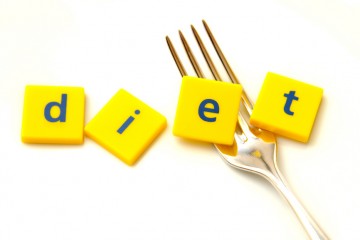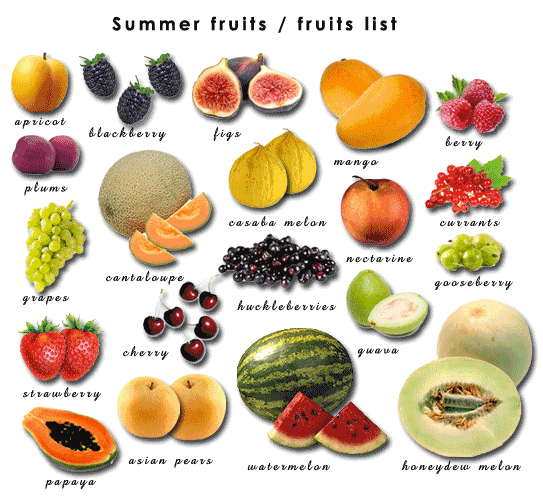Protein
Apologies if this gets a bit sciency, but I will try and keep it simple. Lots of you have asked how do I get more protein in my diet and why do I need to cut back on the fruit. So here are the basics; there are 7 components that make up a balanced diet...
- Protein
- Carbohydrate
- Fats
- Water
- Vitamins
- Minerals
- Fibre
These are found in varying quantities in foods.
Eat a healthy, balanced diet and stay active
The key to a healthy balanced diet is not to ban or omit any foods or food groups but to balance what you eat by consuming a variety of foods from each food group in the right proportions for good health.
So we should be aiming for the best ratio of these macro-nutrients in order to balance our energy intake against our energy output in order to maintain or lose weight.
It’s adjusting the amount of three key macronutrients you eat to keep your body in hormonal balance. The ideal is to:
- Provide enough low glycemic carbohydrates to feed your brain and keep you sharp mentally, without spiking your blood sugar and triggering an insulin response.
- Provide enough protein to maintain muscle mass, and to trigger fat burning through release of the hormone glucagon.
- Provide enough fat that the body can absorb fat-soluble vitamins - A, D, E, and K, and Linoleic acid (necessary for growth and reproduction).
What is the Zone Diet?
It's a specific nutritional balance of 40 percent calories from carbohydrates, 30 percent from proteins, and the remaining 30 percent from fat.
Dr. Barry Sears originally created The Zone Diet for cardiologists, to teach them to use food as if it were a drug. He advocated diet as treatment for heart disease and diabetes. Those two diseases are also tied to excess production of the hormone insulin, the underlying hormonal disturbance that also causes obesity.
Patients on the program quickly reported that eating balanced meals made them feel better. Most of them also noticed that they were losing weight. When you eat a nutritionally balanced diet, your body naturally adjusts to keep you healthy - including dropping those extra pounds you don't need. Add Lotuslite and you are on a winner!
Eating within the “Zone” principles enables a slower rate of carbohydrates being released into the bloodstream, a smaller insulin release, which means less fat stored and a faster transition to fat burning.
Hidden sugars
Fruit delicious as it is, contains a lot of carbohydrate in the form of naturally occurring sugar. This is produced from a process called photosynthesis. Keeping it simple, sunlight provides the energy to make glucose from carbon dioxide and water. This is in turn stored as starch and sugars in fruit. So eating a lot of fruit can skew your 40:30:30 ratio.
I am not advocating that we cut fruit totally from our diet, far from it as it contains other vital nutrients that contribue to our balanced diet but we do need to monitor our intake of it.
Blocking
Now to gain an ideal 40:30:30 ratio would involve a lot of calculations and annoyance, so here we introduce the idea of blocking...A block is a unit of measure used to simplify the process of making balanced meals.
7g of protein = 1 block of protein
9g of carbohydrate = 1 block of carbohydrate
1.5g of fat = 1 block of fat
(There is an assumption that there is about 1.5 g of fat in each block of protein, so the total amount of fat needed per 1 block meal is 3 g.)
When a meal is composed of equal blocks of protein, carbohydrate, and fat, it is 40 % carbohydrate, 30 % protein and 30% fat.
This “block chart” is a convenient tool for making balanced meals. Simply choose 1 item from the protein list, 1 item from the carbohydrate list, and 1 item from the fat list to compose a 1 block meal. Or choose 2 items from each column to compose a 2 block meal, etc

Within a week of weighing and measuring you’ll have developed an innate ability to
estimate the mass of common-food portions, but, more importantly, you’ll have formed a
keen visual sense of your nutritional needs.
In the Zone scheme everyone calculates to either “2”, “3”, “4”, or “5 Block” meals at breakfast, lunch, and dinner with either “1” or “2 block” snacks between
lunch and dinner and again between dinner
and bedtime.
Being a “4 Blocker”, for instance, means that you eat three meals each day where each
meal is comprised of 4 blocks of protein, 4 blocks of carbohydrate, and 4 blocks of fat.
Whether you are a “smallish” medium sized bloke or a “largish” medium sized guy would
determine whether you’ll need snacks of one or two blocks twice a day.
The “meal plans” stand as examples of 2, 3, 4, or 5 block meals and the “block chart”
gives quantities of common foods equivalent to 1 block of protein, carbohydrate, or fat. Once you decide that you need, say, “4 block” meals, it is simple to use the block
chart and select four times something from the protein list, four times something
from the carbohydrate list, and four times something from the fat list every meal.
#

One-block snacks are chosen from the block chart at face value for a single snack of protein, carbohydrates, and fat, whereas two block snacks are, naturally,
chosen comprised of twice something from carbohydrates combined with twice
something from the protein list, and twice something from the fats.
Every meal, every snack, must contain equivalent blocks of protein, carbohydrate,
and fat and breakfast should contain your Lotuslite! The Zone plan neither prohibits nor requires any particular food. It can accommodate paleo or vegan, organic or kosher, fast food or fine dining, while delivering the benefits of high performance nutrition.
Some disclaimers...
- I'm not a nutritionist - these are things that have worked for me. Use at your own risk.
- I'm not a medical professional either - I don't know your fitness level, family history, illnesses, meds, etc. Use at your own risk.
- I'm not a medical professional either (part deux) - there are probably a lot of medical/terminology errors. Let me know and I'll see if there's a better way to make the point.
- Everyone is different - make sure you're doing what works for you, not just following what's listed here.












No comments:
Post a Comment